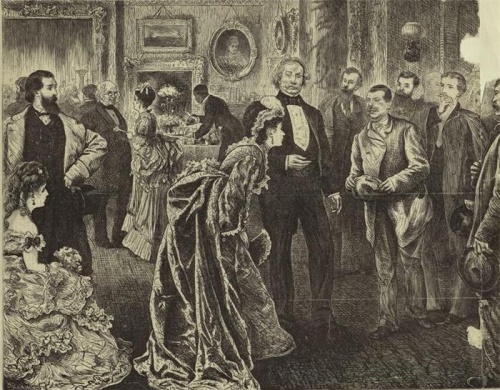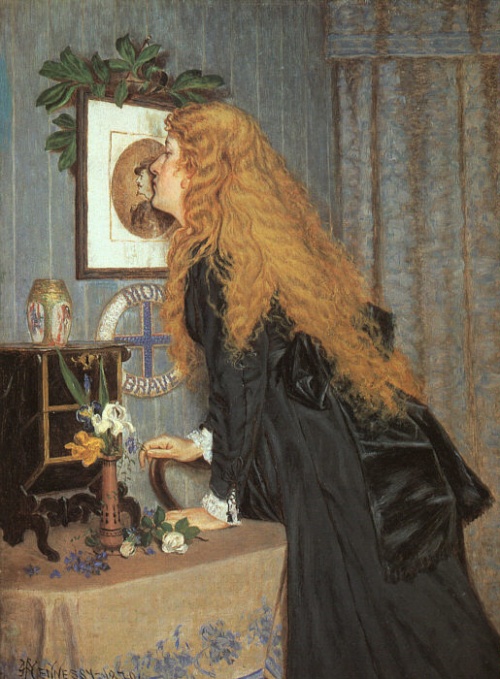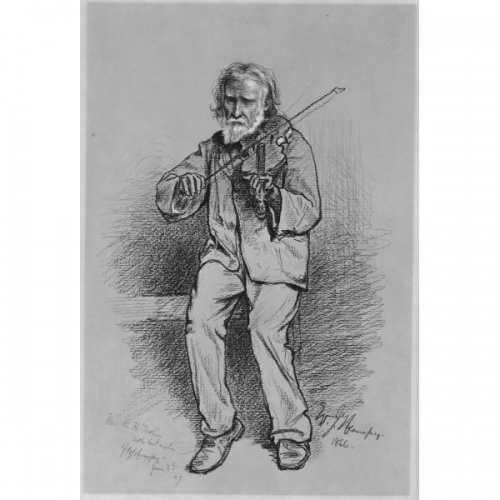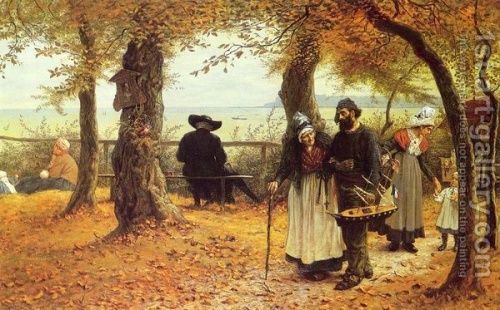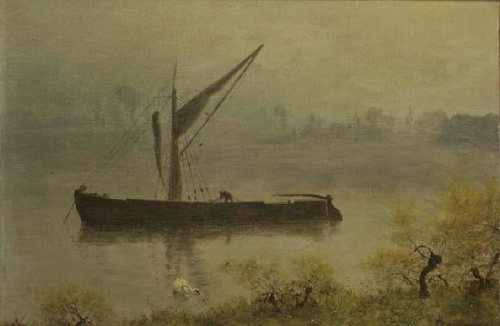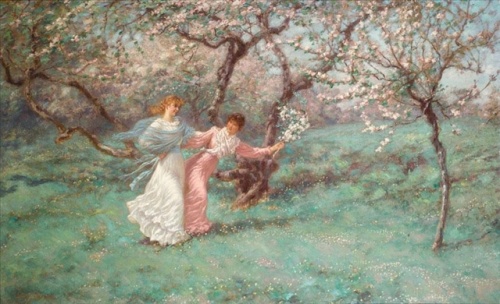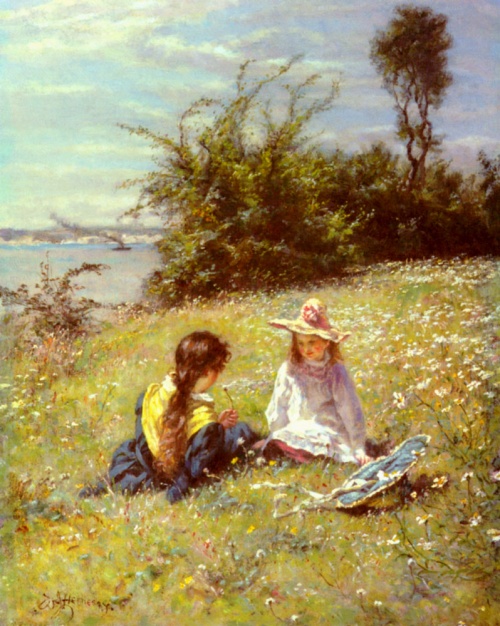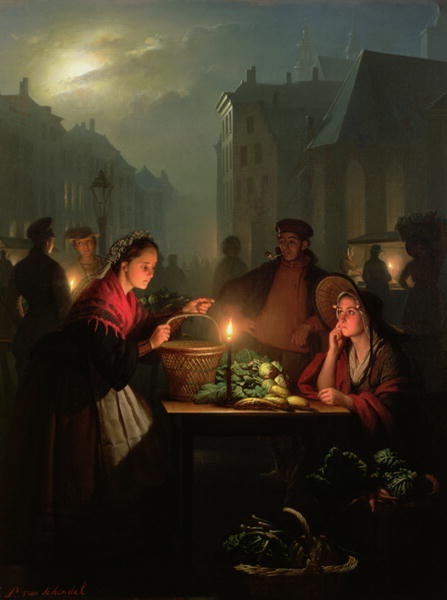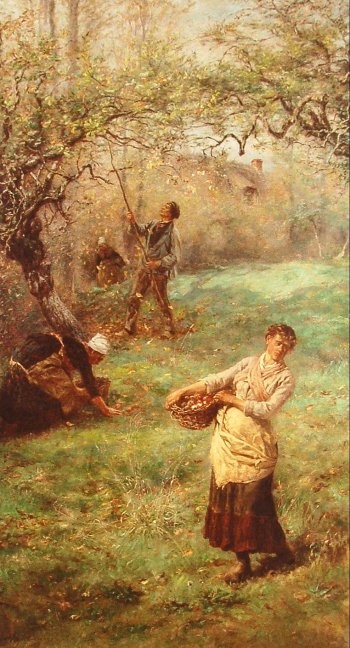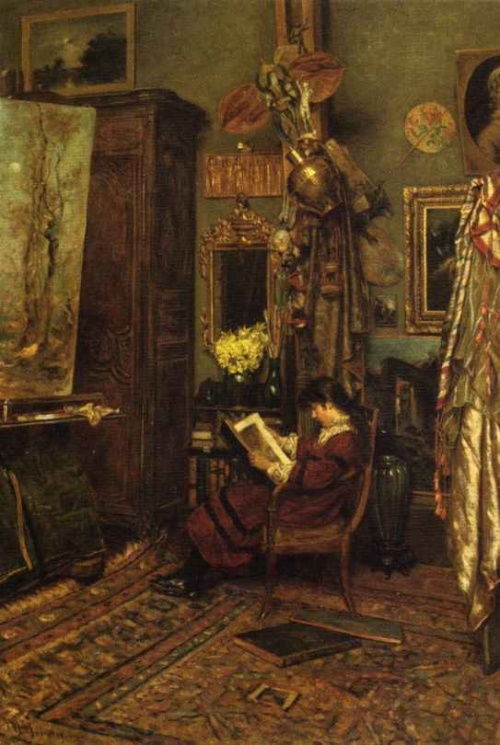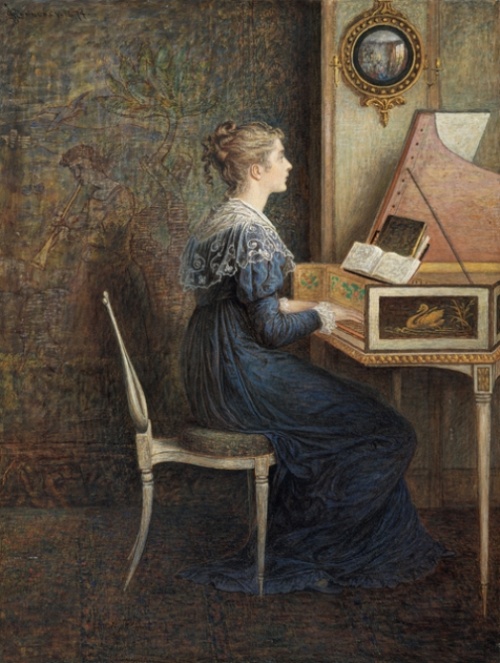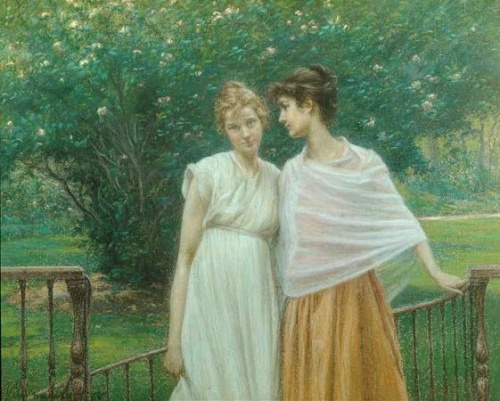William John Hennessy (1839-1917) (19 works)
Разрешение картинок от 370x458px до 1546x2330px
William John Hennessy (11 July 1839 – 27 December 1917) was an Irish-born English artist and graphic artist who worked for many years in the United States.
Born in Thomastown (Kilkenny village), Ireland.
His father, John Hennessy, was forced to leave Ireland in 1848 because he was active in the Young Ireland revolutionary movement.
His father moved to Canada and later settled in New York. The family, consisting of his wife Catherine, ten-year-old William and a younger brother, moved to the United States in 1849.
William was educated with the help of private teachers. While still a teenager, he made his first drawings from life.
In 1854, William entered the National Academy of Design in New York. Three years later, his first exhibition took place there at 87 Franklin Street. Since 1860, Hennessy exhibitions have been held at New York University.
In 1861, the artist was elected a candidate academician, and in 1863 - an academician.
Hennessy developed his own wood engraving technique and was commissioned to illustrate the works of famous poets such as Tennyson, Longfellow and Witter.
In 1870, William worked on a series of drawings for Edwin Booth's Dramatic Characters, published in Boston in 1872.
An American citizen, Hennessy became a co-founder of the Society of Artists Foundation, as well as an honorary member of the American Watercolor Society.
In 1870, shortly after his second marriage, Hennessy moved to London, where in 1902 he became a member of the Council of the Royal Institute of Artists.
Between 1871 and 1882 the artist exhibited his work at the Grosvenor Gallery, the New Gallery and the Royal Academy in London. Between 1879 and 1907, eight of his paintings were exhibited at the Royal Irish Academy in Dublin. Hennessy's work has been shown in galleries in Liverpool and Manchester, as well as at the Glasgow Institute of Fine Arts.
In 1875, Hennessy rented an estate in the western part of Le Havre - on the coastline near Pont de Tancarville.
Irish art of the late 19th century had its roots in local art schools and was further developed by Irish students studying in the academies and studios of Great Britain, France, Belgium and Italy.
In addition, artist colonies in small villages in France and England had a great influence, where painters from different countries gathered, sharing their experiences.
Some of the most famous colonies in this area were in Pont-Aven in Brittany, in the historic port of Concorne and in the small villages of Honfleur and Le Pouldu.
Hennessy visited almost all of these colonies. In Honfleur he lived next to the port. At the end of the 19th century, there already existed a School of Painting, founded in San Simeon, where the first group of painters included Corot and Isabé. The artist Boudin, born in Honfleur, invited Courbet, Monet and Jongkind to join this group. According to art historians, it was Boudin who suggested that Monet paint outdoors, and this later led to the emergence of impressionism.
In 1886, Hennessy moved from Honfleur to St. Germain-en-Laye. From here he made short trips to the farm in Marly-les-Rois, where Alfred Sisley lived and worked ten years earlier.
The Hennessy family lived in St. Germain-en-Laye until 1893, then moved to Sussex. At the same time, the artist traveled to Italy.
Hennessy died in 1917.

